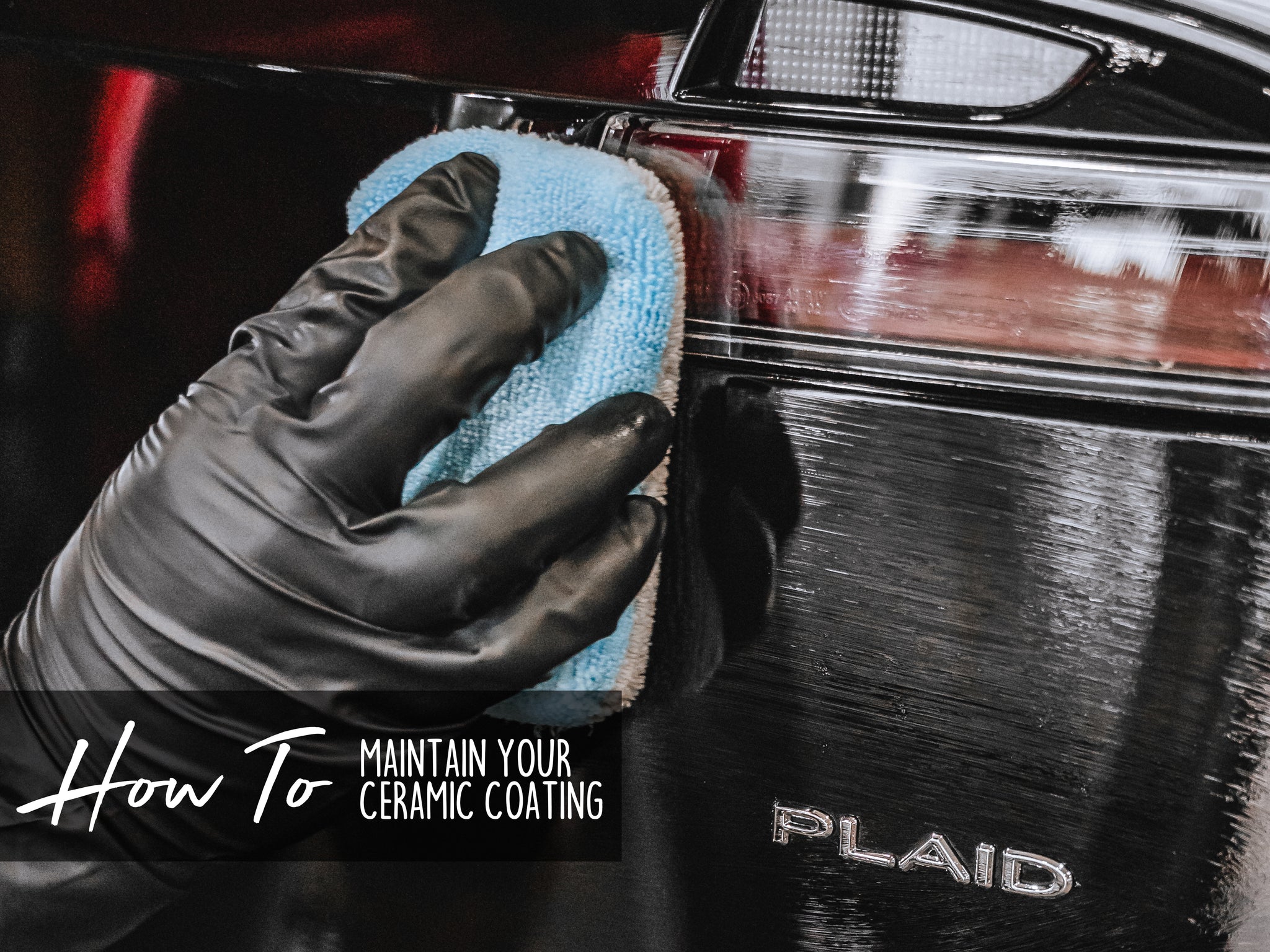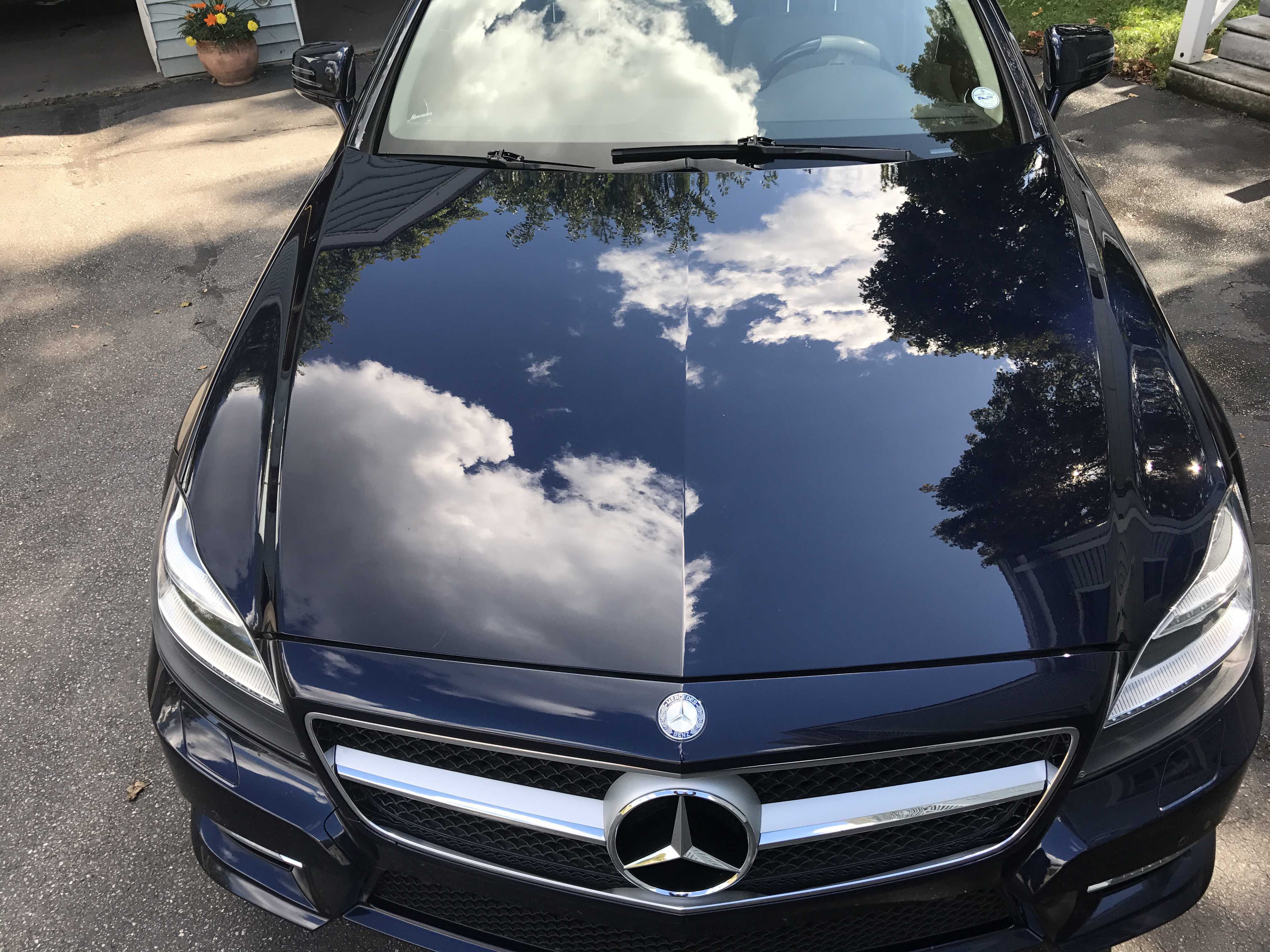Protect Your Car from the Elements with Ceramic Coating Technology
Wiki Article
Ceramic Finishing vs. Traditional Wax: Which Supplies Much Better Long-Term Protection?
The argument between ceramic coverings and standard wax for vehicle protection has gathered considerable interest among vehicle enthusiasts and professionals alike. Ceramic layers boast superior long life and resistance to environmental factors, yet the intricacy of their application increases inquiries regarding ease of access and usefulness.Introduction of Ceramic Finishing
Ceramic covering has actually gotten significant appeal amongst vehicle enthusiasts and detailers alike because of its advanced safety qualities. This ingenious technology is created to create a sturdy, hydrophobic shield over an automobile's paint surface, dramatically improving its resistance to environmental impurities such as dirt, UV rays, and chemical discolorations. Unlike conventional wax, which gives a short-lived layer of defense, ceramic layers bond at a molecular degree with the paint, offering long-lasting longevity-- typically extending beyond 2 years with correct maintenance.The application process includes thorough preparation of the car's surface area, consisting of cleaning and polishing to guarantee optimum attachment. Once applied, the finish treatments to form a robust layer that not only adds deepness and gloss to the paint however additionally streamlines upkeep. With its hydrophobic buildings, ceramic coating allows water and dirt to move off more quickly, minimizing the frequency of laundries and lessening the threat of swirl marks.
In addition, ceramic coatings are available in various formulations, allowing customers to pick items tailored to their particular needs and preferences. Overall, ceramic coating stands for a substantial innovation in paint protection modern technology, providing superior efficiency contrasted to traditional options.
Summary of Conventional Wax
Typically considered as a staple in automotive treatment, wax offers as a prominent choice for those looking for an uncomplicated technique to enhance and protect their lorry's paint - ceramic coating. Automotive wax commonly consists of natural ingredients, such as carnauba, or artificial substances, made to produce a protective layer externally of the paint. This layer not only enhances the lorry's gloss and radiate but likewise provides an obstacle versus ecological impuritiesThe application of wax is generally easy to use, making it accessible for both professionals and DIY lovers. It can be used by hand or maker, permitting flexibility in the outlining process. When used, wax needs a healing duration, after which it hardens to create a protective covering. Wax is additionally recognized for its capacity to ward off water, advertising a beading impact that aids in the prevention of water spots and corrosion.
However, while wax is reliable for boosting the visual charm of a lorry, it is important to note that the defense it provides might demand more constant reapplication compared to alternative products, such as ceramic finishes. Generally, traditional wax remains a preferred choice for those focusing on ease of usage and instant visual renovation.
Resilience and Longevity Contrast
While both ceramic coatings and typical wax deal safety benefits for auto paint, their sturdiness and durability differ considerably. Typical wax, generally made from natural carnauba or synthetic polymers, generally gives a protective layer that lasts around 3 to 6 months. This relatively short lifespan demands regular reapplication to maintain ideal security.In contrast, ceramic finishes are engineered from sophisticated nanotechnology, forming a covalent bond with the paint surface. This causes a durable, hydrophobic layer that can withstand for two to five years, relying on the item and environmental conditions. The superior resilience of ceramic coverings is credited to their chemical structure, which offers boosted resistance to scrapes, UV rays, and oxidation.

Protection Versus Ecological Elements
Shielding an automobile's paint from ecological elements is critical for maintaining its look and worth in time. Autos are constantly subjected to a selection of aspects, consisting of UV rays, bird droppings, tree sap, acid rainfall, and road gunk, every one of which can compromise the integrity of the paintwork.Ceramic finishes offer a durable protection versus these ecological aggressors. Unlike conventional wax, which can deteriorate promptly under UV exposure, ceramic finishes create a durable, hydrophobic layer that withstands the dangerous results of sunlight and environmental contaminants. This innovative innovation produces a chemical bond with the automobile's surface area, supplying superior protection that lasts for years, even in severe conditions.
Standard wax, while much easier to use, commonly calls for frequent reapplication and offers limited resistance to contaminants and UV rays. Over time, it can break down, leaving the paint vulnerable to scratches and oxidation. In contrast, ceramic coatings maintain their safety top qualities much longer, substantially minimizing the danger of paint damage and making sure that the car keeps its aesthetic appeal. Because of this, ceramic coatings are significantly identified as the remarkable option for long-lasting protection versus ecological aspects.
Application and Maintenance Distinctions
The techniques of application and succeeding maintenance for ceramic finishes and conventional wax vary considerably, influencing the internet overall individual experience and performance of each product. Ceramic finishes require an even more intricate application process, commonly involving surface area prep work that includes washing, sanitizing, and polishing the car. As soon as the surface prepares, the ceramic coating is applied in a controlled setting, frequently needing expert experience to make sure proper curing and bonding to the paint.

While both items improve car appearance, the longer-lasting protection supplied by ceramic coverings may justify their initial web investment, despite the more demanding application procedure. On the other hand, typical wax remains a popular choice for those looking for a simpler, albeit short-term, remedy.

Final Thought
To conclude, ceramic finishings demonstrate considerable advantages over conventional wax in terms of toughness and environmental management. With a life expectancy prolonging two to five years and superior resistance to UV rays, dirt, and chemical discolorations, ceramic coatings offer an extra reliable option for long-lasting car maintenance. Although the application process might need professional competence, the resulting expense savings and reduced regularity of reapplication highlight the value of ceramic coverings for those looking for optimum car protection.The dispute in between ceramic coatings and traditional wax for car visit the website defense has actually garnered considerable attention among auto lovers and specialists alike. Unlike standard wax, which offers a temporary layer of protection, ceramic finishes bond at a molecular degree with the paint, offering durable longevity-- commonly expanding beyond 2 years with proper upkeep.
While both ceramic finishes and conventional wax offer protective advantages for automotive paint, their durability and long life differ significantly. For vehicle fanatics looking for long-lasting protection, ceramic layers offer a compelling benefit over standard wax items.
In verdict, ceramic finishings show significant benefits over typical wax in terms of longevity and environmental security.
Report this wiki page